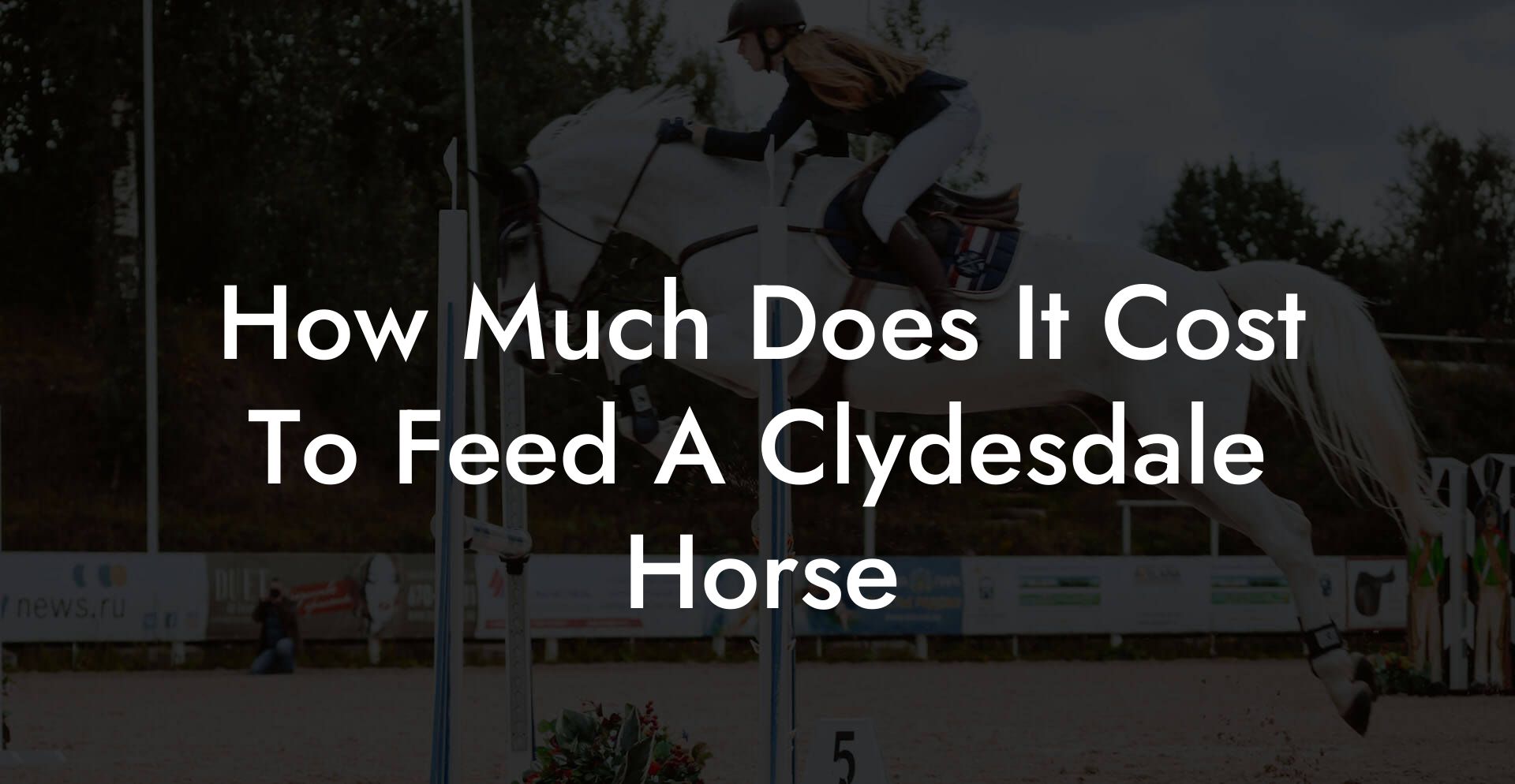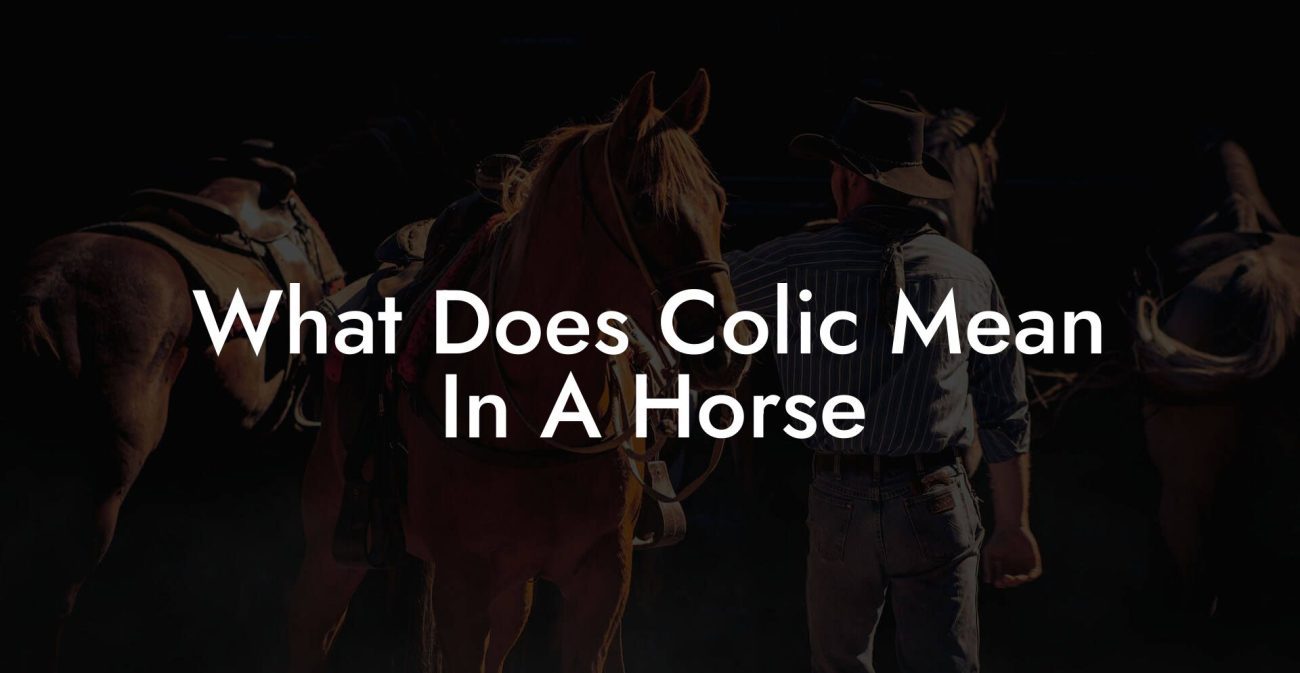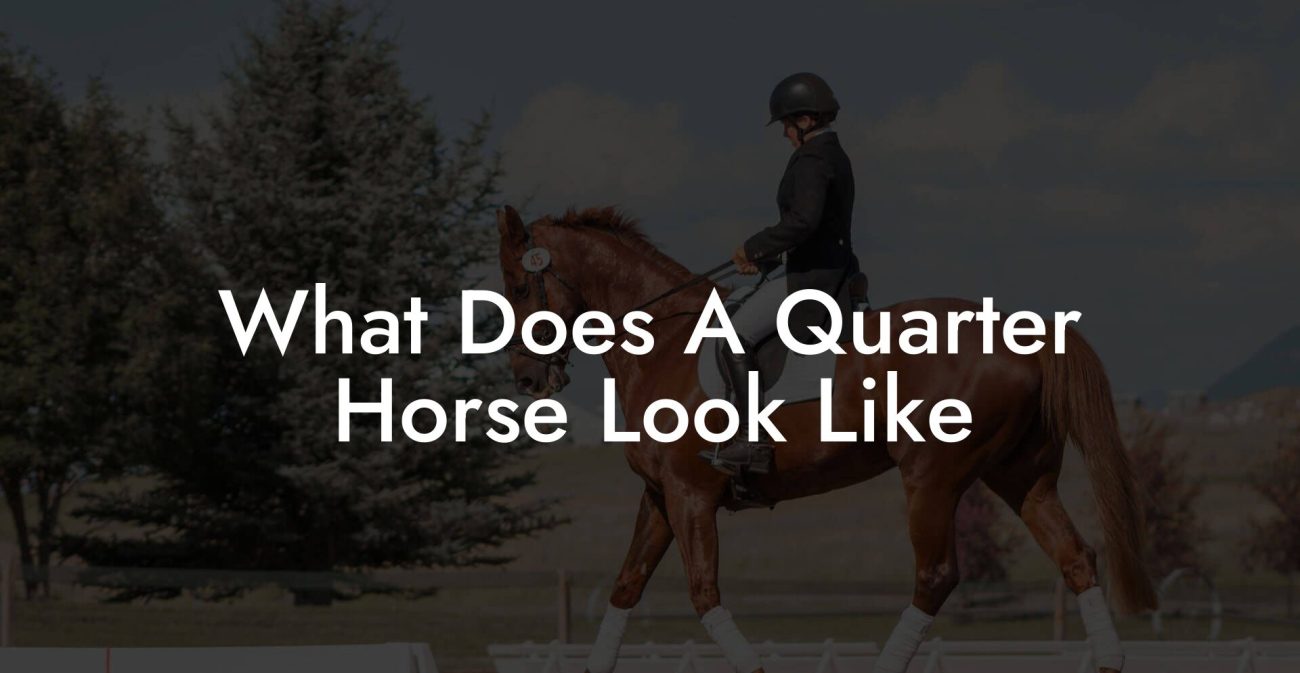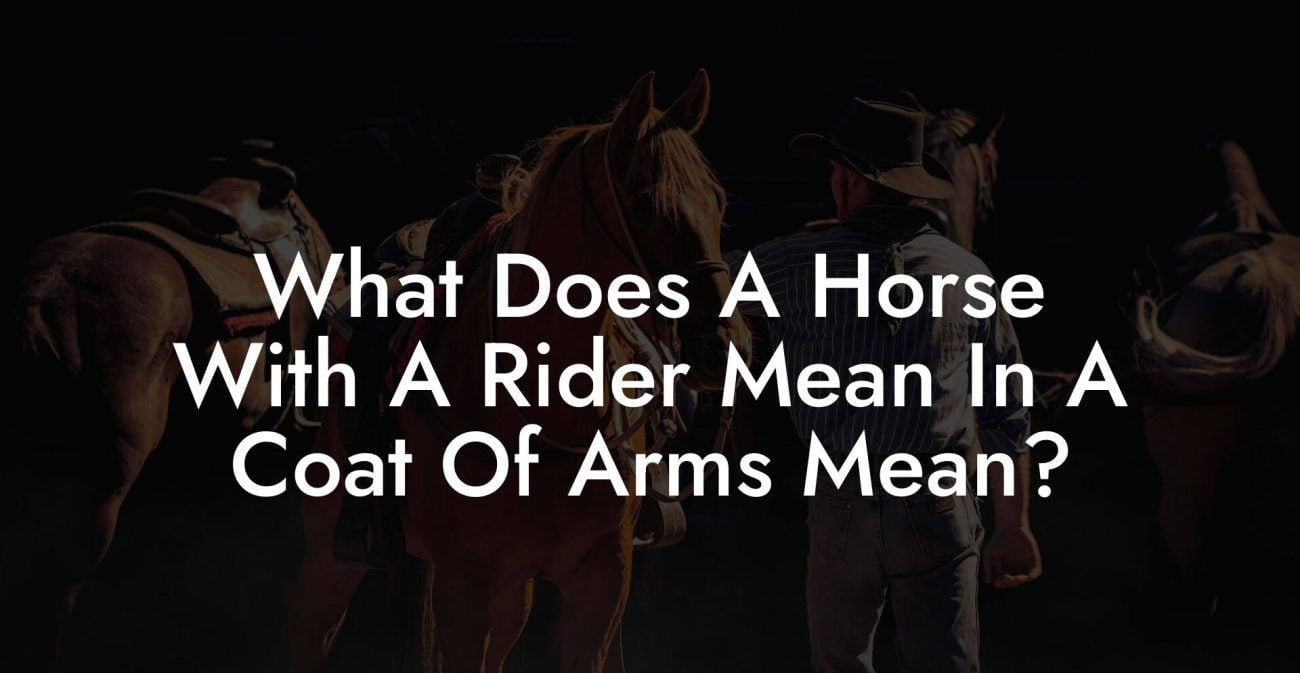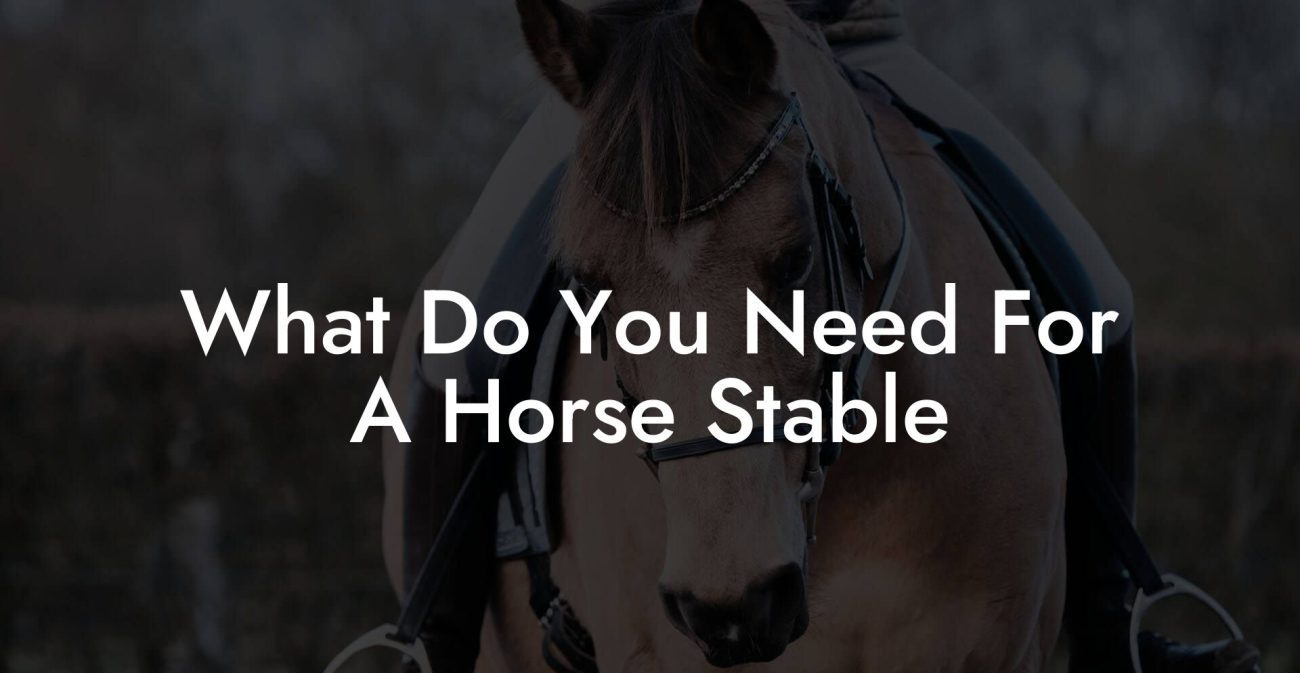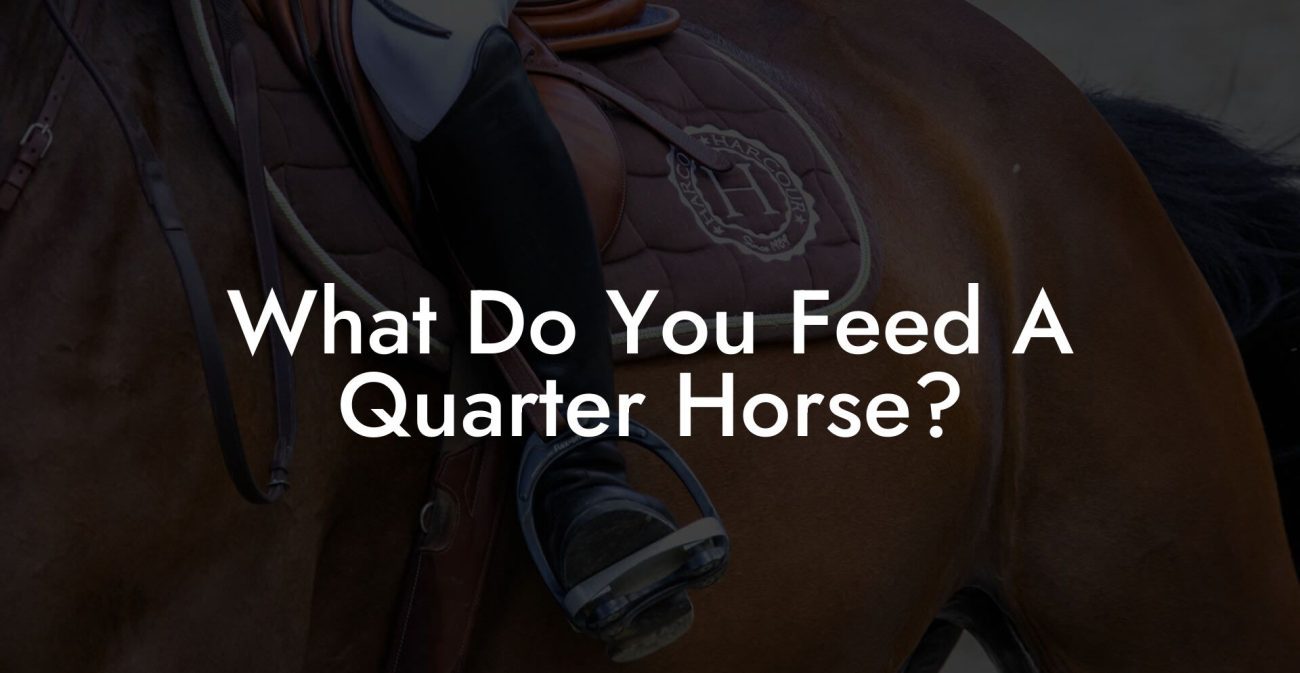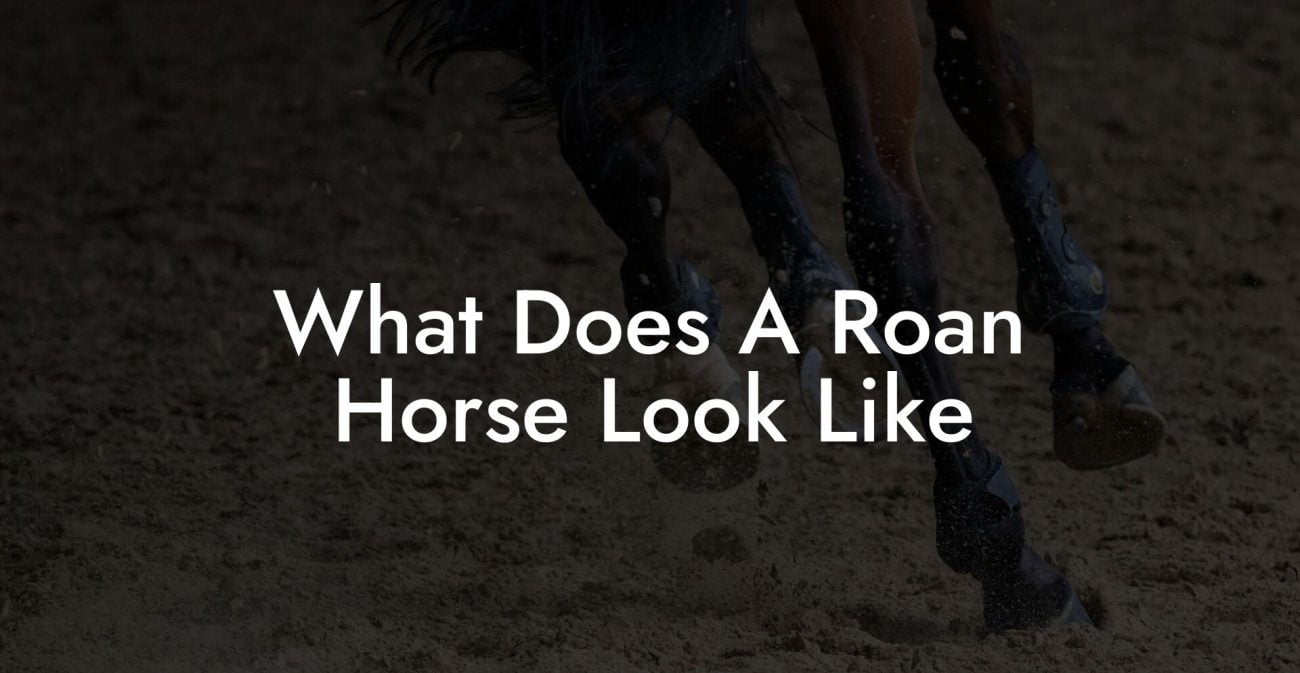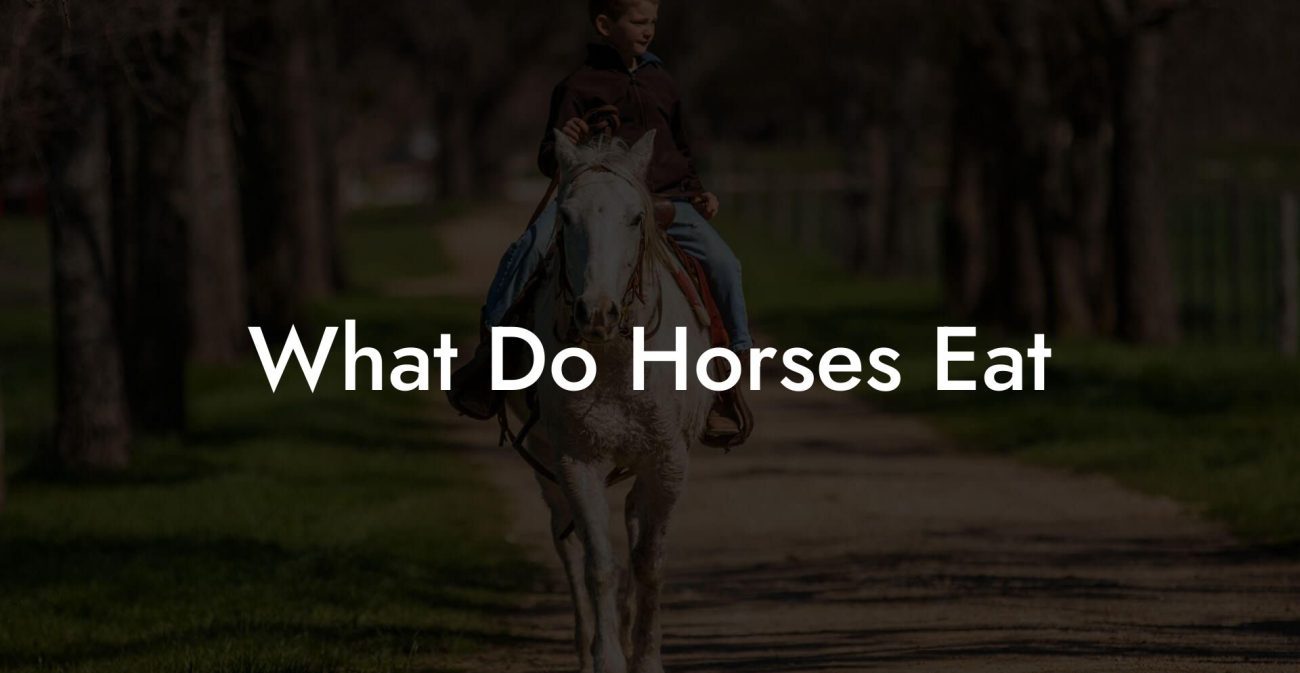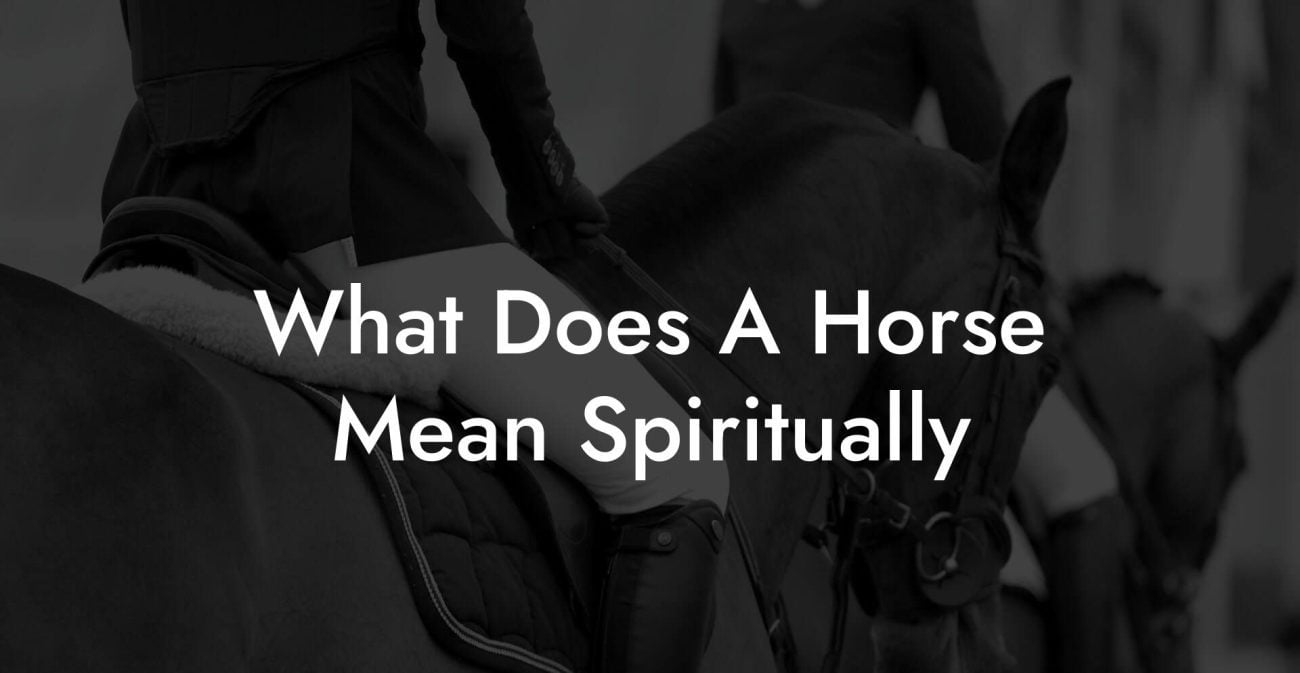Ever wondered what it takes, in dollars, cents, and a splash of quirky equine fun, to feed a majestic Clydesdale horse? Picture a horse with the elegance of a runway model and the appetite of a midnight snacker; that’s our Clydesdale! In this deep dive, we’re pulling back the curtain on the world of feeding these gentle giants, breaking down every cost factor, ingredient, and insider tip that will leave you both informed and entertained. Whether you’re a Gen-Z equine enthusiast or a millennial marveling at majestic horses on Instagram, get ready for a ride through hay bales, oats, supplements, and the occasional horse-approved meme.
Quick Links to Useful Sections
- Understanding the Clydesdale Horse: A Beast with a Gourmet Palate
- The Anatomy of Equine Nutrition: What Does a Clydesdale Really Need?
- Breaking Down the Costs: What’s in Your Clydesdale’s Bucket?
- Hay and Forage Costs: The Bedrock of Their Diet
- Grains and Concentrates: Extra Energy on Demand
- Supplements and Vitamins: The Finishing Touches
- Additional Costs You Might Overlook
- Factors Influencing Feed Costs: It’s Not Just the Price Tag
- Feed Cost Calculation: A Sample Breakdown for the Budget-Savvy Horse Owner
- Monthly Cost Estimate
- Budgeting Tips and Tricks: How to Keep Feed Costs Under Control Without Sacrificing Quality
- 1. Buy in Bulk (and Save Big!)
- 2. Compare Vendors and Local Markets
- 3. Seasonal Planning
- 4. Quality vs. Cost: Striking the Perfect Balance
- 5. Monitor Your Horse’s Needs Closely
- 6. Utilize Technology
- Special Diets and Custom Feed Plans: Catering to a Horse’s Unique Health Needs
- Sustainability and Ethical Feeding Practices: A Modern Take for the Conscious Caregiver
- Integrating Exercise, Rest, and Feeding Schedules for a Naturally Healthy Clydesdale
- Morning Routines: Kickstart with a Nutritious Breakfast
- Midday Workouts and Rest: Keep the Energy Flowing
- Evening Feeding: Winding Down with the Right Diet
- Resources and Community Support: Your Next Steps
- Innovative Technologies in Equine Feeding and Monitoring
- FAQs: Answering Your Burning Questions About Feeding a Clydesdale Horse
- Your Path Forward to Equine Financial and Nutritional Brilliance
Understanding the Clydesdale Horse: A Beast with a Gourmet Palate
The Clydesdale isn’t just any horse, it’s the giant of the equine world, known for its impressive stature, feathered legs, and a surprisingly delicate taste in food. Originally bred for heavy work, these horses have evolved into symbols of strength and grace, requiring a careful balance of nutrition to maintain their grandeur. Their diets are as meticulously curated as a trendy café’s seasonal menu, and every morsel counts. From hay that tastes like nature’s salad to high-energy grains and supplements that pack a punch, understanding your Clydesdale’s nutritional needs is the first step to mastering the art of equine care.
As you dig into this guide, you’ll discover the secrets behind cost-effective feeding strategies that keep your Clydesdale healthy, happy, and Instagram-worthy. We’ll explore why these horses have unique dietary demands, the science behind their feed, and practical tips to optimize your budget, without sacrificing quality. So saddle up, horse lover, as we embark on an adventure that blends practicality with a dash of humor and a whole lot of heart.
The Anatomy of Equine Nutrition: What Does a Clydesdale Really Need?
Feeding a Clydesdale horse is as much an art as it is a science. Their nutritional needs are unique because of their size, metabolism, and energy requirements. Let’s break down the basics:
- Forage and Hay: Consider hay the staple food of the equine diet, akin to how a healthy smoothie bowl works for you. Clydesdales need a steady supply of high-quality pasture or hay to provide fiber, which is crucial for their digestion and gut health.
- Grains and Concentrates: When hay isn’t enough to fuel their Herculean energy, grains and concentrated feeds come to the rescue. These are energy-dense foods that include barley, oats, corn, and specially formulated pellets. They’re the equivalent of a protein shake after an intense workout session.
- Supplements and Vitamins: Just like you might take a multivitamin to keep up with your busy lifestyle, Clydesdales sometimes need supplements to ensure they’re getting the right balance of vitamins, minerals, and essential fatty acids. Think of these as an equine superfood boost.
- Water: The elixir of life! Constant access to fresh, clean water is non-negotiable, as even a minor deficit can dramatically affect a Clydesdale's health and overall well-being.
Each of these components comes with its price tag and logistical considerations. For instance, high-quality hay might be more expensive during off-seasons, while grains can vary in price depending on supply. The trick is to form a balanced approach that meets your horse’s needs without breaking your bank.
Breaking Down the Costs: What’s in Your Clydesdale’s Bucket?
Let’s get into the nitty-gritty numbers behind feeding a Clydesdale horse. The final cost is an intricate mosaic of several factors, each adding its own flavor to the final bill:
Hay and Forage Costs: The Bedrock of Their Diet
Hay is the primary food source for your Clydesdale and typically makes up the bulk of their diet. Prices for hay can vary wildly based on quality, regional availability, and seasonal changes. On average, expect to spend anywhere between $150 to $300 per month on high-quality hay alone. Remember, this is the equivalent of buying organic, locally sourced greens for your friend who’s always posting #HealthyLiving pics on Instagram.
Grains and Concentrates: Extra Energy on Demand
While hay is essential, grains like oats, barley, or specially formulated concentrates give your horse the extra punch it needs, especially if it’s working hard or on heavy training routines. Depending on your horse’s energy requirements and the quality of concentrate feed, expect to add an extra $50 to $200 per month. For a Clydesdale engaged in seasonal work, these numbers might fluctuate, akin to the ups and downs of your monthly espresso budget.
Supplements and Vitamins: The Finishing Touches
Like any health-conscious individual, your Clydesdale benefits from vitamins and supplements that fill nutritional gaps. These can range from joint supplements to omega fatty acids and even probiotics. With prices anywhere from $30 to $100 monthly, these extras ensure your gentle giant stays in top form. After all, even horses deserve that extra sparkle in their step, much like the latest sneaker drop in your favorite online store.
Additional Costs You Might Overlook
- Minerals and Trace Elements: Often sold as blocks or loose supplements, these can cost an additional $20 to $50 per month.
- Veterinary Nutritional Consultations: A one-time or ongoing consultation with a veterinary nutritionist could range from $100 to $250 per visit. It’s like getting a personalized diet plan from a celebrity chef, only with a lot less Instagram glam.
- equipment & Storage: Don’t forget about the cost of storage bins, feeders, and other equipment required to keep the feed fresh and pest-free. Budget about $100 to $300 annually for these essentials.
Summing it all up, feeding a Clydesdale horse typically comes to between $250 and $800 per month, depending on variables like quality and your geographical location. Of course, there can be spikes during particular times of the year, so it’s smart to budget some extra for unexpected changes, think of it as setting aside emergency funds for a spontaneous weekend getaway.
Factors Influencing Feed Costs: It’s Not Just the Price Tag
While the basic costs provide a solid framework, there’s a host of factors that can push the overall cost of feeding your Clydesdale horse up or down:
- Regional Differences: Market fluctuations and the distance from feed production centers can make a huge difference. Just like the cost of rent in your favorite urban neighborhood, equine feed prices vary dramatically from one location to another.
- Seasonal Variations: Prices may surge during the winter months or periods of drought when hay becomes scarcer. The seasonal dance of supply and demand is as cyclical as your favorite blockbuster movie franchise.
- Quality of Feed: Organic or non-GMO feed options typically cost more than conventional alternatives. For those who prefer premium quality, because your Clydesdale deserves the best, this is an important factor to consider.
- Horse Activity Level: A Clydesdale in light work will have different nutritional requirements compared to one involved in heavy farm work or participating in parades. The more work your horse does, the more calories it burns, and the higher the quality feed it might need.
- Local Feed Vendor Policies: Some vendors offer bulk discounts or seasonal promotions, so a little shopping around can sometimes yield significant savings. Just like finding the perfect outfit on sale, it pays to keep an eye out for deals.
The takeaway? While a general average is helpful, tailoring your budget to your horse's unique lifestyle and regional market conditions is the secret ingredient to managing costs effectively.
Feed Cost Calculation: A Sample Breakdown for the Budget-Savvy Horse Owner
Let’s roll up our sleeves and dive into a sample cost breakdown for feeding a Clydesdale horse. This example is designed to give you a ballpark figure, though your actual numbers might vary.
Monthly Cost Estimate
- Hay & Forage: Approximately $200 – $300
- Grains & Concentrates: Approximately $75 – $150
- Supplements & Vitamins: Approximately $40 – $100
- Mineral Blocks: Approximately $20 – $50
When you add these together, you’re looking at a monthly cost between $335 and $600. Now, factor in sporadic expenses like veterinary nutritional consultations, which may occur monthly or quarterly, and annual equipment updates. By planning ahead and creating a flexible budget, you can stay ahead of the cost curve while ensuring your Clydesdale eats like the star it is.
Think of it as crafting a gourmet meal plan, meticulous planning, quality ingredients, and a dash of financial foresight all combine to create a recipe for success.
Budgeting Tips and Tricks: How to Keep Feed Costs Under Control Without Sacrificing Quality
Who says cost-effective feeding needs to mean cutting corners? With a bit of savvy planning and strategic shopping, you can provide top-notch nutrition for your Clydesdale without draining your wallet. Here are some practical, down-to-earth tips to help you optimize your equine grocery list:
1. Buy in Bulk (and Save Big!)
Much like stocking up on your favorite craft beer for the weekend, buying hay and feed in bulk can lead to substantial savings. Look for local farms or cooperatives that offer wholesale rates, especially during peak supply seasons.
2. Compare Vendors and Local Markets
Spend a little time researching local feed stores, online suppliers, and agricultural markets. Prices can vary significantly, and a little legwork can make a big difference in your monthly expenses. Don’t be afraid to haggle, after all, who doesn’t love a good discount?
3. Seasonal Planning
Plan your feed purchases around seasonal price fluctuations. For instance, stock up on hay during harvest season when there’s an abundance, and budget extra in winter months when prices typically climb.
4. Quality vs. Cost: Striking the Perfect Balance
While it might be tempting to go for the cheapest option out there, remember that quality feed helps prevent health issues that could lead to even higher costs down the line. Prioritize nutritious, high-quality feed even if it costs a little more, the long-term benefits are well worth the penny.
5. Monitor Your Horse’s Needs Closely
Not every Clydesdale will require the same amount of feed. Routinely evaluate your horse’s body condition, energy levels, and overall health. Adjust feeding plans accordingly to avoid overfeeding or wastage.
6. Utilize Technology
Much like tracking your fitness progress with a smartwatch, there are several apps and digital tools that help monitor feed consumption and costs. Leverage these tools to stay organized and identify trends over time, ensuring your spending stays on track.
With these budgeting strategies, feeding your Clydesdale becomes not just a task but a mindful collaboration between you, your equine companion, and your financial goals.
Special Diets and Custom Feed Plans: Catering to a Horse’s Unique Health Needs
While the basics cover general nutrition, some Clydesdales might require special dietary interventions, be it for performance, health issues, or even the occasional “gourmet” craving. Custom feed plans can include:
- Low-Starch Diets: For horses prone to metabolic issues, reducing the amount of starchy grains can help maintain stable insulin levels and overall energy.
- High-Fiber Diets: If your equine buddy has a sensitive digestive system, upping the fiber content with specialized hay or forage can work wonders.
- Supplement-Enhanced Meals: In cases where joint support or skin health is a concern, integrating supplements like omega-3 fatty acids and glucosamine might be recommended.
Customizing a feed plan is akin to selecting a personalized playlist for your favorite workout, each element is tuned to perfection based on specific needs. Work closely with your veterinarian or an equine nutritionist to structure a diet that optimally supports your Clydesdale’s health, maximizes performance, and more importantly, keeps the feeding costs balanced.
Sustainability and Ethical Feeding Practices: A Modern Take for the Conscious Caregiver
In a world driven by fast fashion and disposable everything, taking a sustainable approach to feeding your Clydesdale can set you apart as a thoughtful caregiver. Many modern feed suppliers emphasize ethical farming practices, non-GMO ingredients, and sustainable sourcing. Here are a few ways to ensure your feeding practices align with a green, conscientious lifestyle:
- Source Locally: Support local farmers who provide sustainably grown hay and grains. This reduces transportation costs (and carbon footprint) while strengthening community ties.
- Organic Options: Although they might come at a slightly higher price, organic feeds can benefit your horse’s health and contribute to environmental sustainability.
- Recycling and Composting: Invest in compost bins and sustainable storage solutions for feed leftovers and manure, turning waste into a resource for your pastures.
By adopting these practices, you’re not just feeding your Clydesdale, you’re also championing ethical, eco-friendly methods that align with the values of today’s socially conscious generation.
Integrating Exercise, Rest, and Feeding Schedules for a Naturally Healthy Clydesdale
The feeding timetable of your Clydesdale should harmonize with its exercise and rest patterns. A well-balanced schedule is almost like curating the perfect day: morning stretches (or trot), a nourishing breakfast (hay and grains), a midday work session, and plenty of relaxation afterwards. Here’s how to strike the perfect balance:
Morning Routines: Kickstart with a Nutritious Breakfast
Starting the day with a balanced meal sets the tone for optimal performance. Aim for a hearty serving of hay, supplemented by grains for energy, followed by a dose of vitamins. It’s like your own morning smoothie that energizes you for the day ahead.
Midday Workouts and Rest: Keep the Energy Flowing
Regular exercise not only keeps your Clydesdale fit but also aids in proper digestion and nutrient absorption. A well-timed workout followed by a rest period allows the horse’s body to efficiently process its food, much like a timely power nap after a long study session.
Evening Feeding: Winding Down with the Right Diet
The evening meal should be lighter, with a focus on high-fiber forage to soothe the digestive system before bedtime. This gentle feeding aligns with nature’s circadian rhythms, promoting restful sleep and ensuring that your Clydesdale wakes up refreshed and ready for a new day.
Balancing exercise, rest, and feeding schedules is essential not only for maintaining physical health but also for ensuring that your Clydesdale remains spirited, happy, and efficiently fed. Think of it as composing a symphony, where every note, from nutrient timing to exercise, plays a pivotal role in the final masterpiece.
Resources and Community Support: Your Next Steps
The journey of feeding and caring for a Clydesdale horse is a dynamic adventure, and you’re not alone in it. There are countless forums, online communities, and local clubs dedicated to equine care where you can swap tips, share success stories, and even commiserate over feed price hikes. Here are some resources to check out:
- Equine Nutrition Forums: Websites like The Horse Forum and Equine World UK offer a treasure trove of advice and real-world experiences on feeding practices.
- Veterinary Consultations: Consider setting up periodic discussions with your local equine nutritionist or veterinarian to stay on top of the latest feeding trends and cost-effective strategies.
- Social Media Groups: Instagram, Facebook, and Reddit have vibrant communities of horse enthusiasts who share their creative feeding hacks, seasonal discounts, and even behind-the-scenes looks at famous Clydesdales in parades and events.
- Local Equine Events: Keep an eye out for local horse expos, feed store promotions, and agricultural fairs that can provide valuable insights and opportunities to network with fellow caregivers.
Just as you’d follow your favorite influencers for style tips, let these resources be a guiding light on your quest to master the art and science of feeding your Clydesdale. The equine community is vast, supportive, and always ready to help share a laugh or a winning strategy.
Innovative Technologies in Equine Feeding and Monitoring
In our fast-paced, tech-driven world, even the age-old art of feeding horses has embraced modern innovations. From digital apps that track feed intake to wearable devices monitoring your Clydesdale’s health metrics, technology is making it easier than ever to optimize nutrition and manage costs.
Consider these cutting-edge developments:
- Feed Tracking Software: These apps help you monitor daily feed consumption, measure nutritional value, and even predict future feed needs based on past data. It’s like having an accountant for your horse’s diet, only way more fun and visual.
- Wearable Health Monitors: Just as fitness trackers guide your workouts, wearable devices for horses monitor vital signs, activity levels, and even sleep patterns. This real-time data allows you to fine-tune the feed and exercise schedule for peak performance.
- Automated Feeders: Gone are the days of manual feeding. Automated systems can dispense precise portions of feed at scheduled times, ensuring that your Clydesdale’s nutritional needs are met consistently without any hassle.
Integrating these technologies not only streamlines your daily routine but also gives you peace of mind that your majestic friend is receiving the optimal blend of nutrients with every meal.
FAQs: Answering Your Burning Questions About Feeding a Clydesdale Horse
Let’s tackle some of the most frequently asked questions on this topic, ensuring you have all the insights needed to keep your Clydesdale fed, happy, and healthy.
1. How much does it cost monthly to feed a Clydesdale horse?
While it can vary based on location and quality, the monthly cost typically falls between $250 and $800, including hay, grains, supplements, and minerals.
2. What are the key components of a Clydesdale horse’s diet?
The diet primarily consists of high-quality hay or forage, grains or concentrates for energy, supplements and vitamins, minerals, and of course, an ongoing supply of fresh water.
3. Can I reduce costs without compromising quality?
Absolutely. Buying in bulk, negotiating with local vendors, monitoring seasonal variations, and using technology to optimize feed usage are all effective strategies.
4. Is organic feed worth the extra cost?
For many, the health benefits and environmental sustainability of organic feed outweigh the additional expense. Premium quality often translates to better health outcomes for your Clydesdale.
5. How can I manage feeding schedules alongside exercise and rest?
A balanced schedule that includes a nutrient-rich breakfast, a hearty midday meal, and a lighter evening feed, coupled with proper exercise, ensures efficient digestion and overall well-being.
6. Are there tech solutions that can help streamline feeding?
Yes, innovative tools like feed tracking apps, wearable health monitors, and automated feeding systems are already revolutionizing equine care, making it easier to monitor and control feed intake.
7. What should I do during off-seasons when feed prices soar?
Plan ahead by stocking up during peak seasons, and always keep an emergency fund for seasonal price hikes. Using local vendor discounts and bulk purchases can also soften the impact.
Whether you're a newbie to equine care or a seasoned horse owner, these FAQs provide a snapshot of the key issues surrounding feeding a Clydesdale, with practical tips to keep everything running smoothly.
Your Path Forward to Equine Financial and Nutritional Brilliance
Feeding your Clydesdale horse isn’t just a routine, it’s a dynamic journey where fiscal responsibility meets top-tier equine care. Every bale of hay, every scoop of grain, and every supplement bottle is a building block towards a healthier, happier, and more vibrant equine companion.
As you embrace the challenge of balancing quality nutrition with cost efficiency, remember that knowledge and preparation are your secret weapons. By staying abreast of market trends, leveraging technological innovations, and engaging with a supportive community of horse enthusiasts, you can optimize your feeding strategy without compromising your horse’s well-being.
Whether you’re a devoted caregiver or a casual admirer of these magnificent creatures, the insights in this guide are designed to empower you, turning the seemingly daunting task of budgeting for feed into an interactive, informed, and even enjoyable process. So go ahead, grab those reins, and ride into a future where your Clydesdale’s nutritious meals are both a financial win and a delicious triumph for your equine family.
Embrace the journey, trust your instincts, and remember: feeding a Clydesdale is not just about cost, it's about food, fun, and forging an unbreakable bond with one of nature's most extraordinary creatures.

